

| JCC E-Magazine May 2020 |
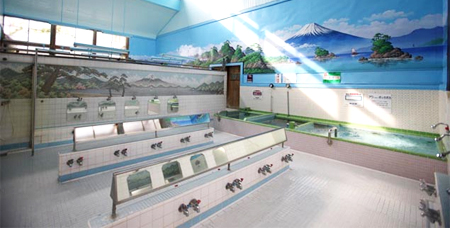
© Web Japan
Overview
We hope that everyone is staying safe and healthy. While JCC is unable to hold any events during this period, we are actively sharing information and activities on our Facebook. And for this month's E-Magazine issue, please enjoy our cultural articles about sento murals and Japanese coffee culture.
Feel free to let us know if you want to learn more about any Japan-related topics, and we look forward to welcoming all of you back at JCC once the situation takes a turn for the better!
Director's Message
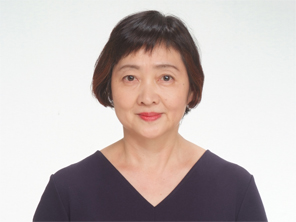 |
As the tail end of spring, May brings with it pleasantly warm weather and many sunny days. It is an action-packed month, with holidays like Children’s Day and Golden Week taking place. Usually, this would provide an opportunity for families to spend more time together while enjoying the last bits of springtime weather. However this year, celebrations will have to be spent indoors.
Just as spring ends, my time here at JCC has also sadly come to a close. Very soon, I will be leaving Singapore for my next post. It has been an invaluable experience being at...(Click here to read more) |
Cultural Articles
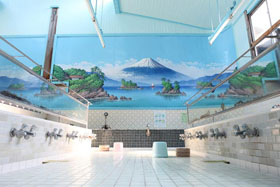 |
Soaking in the Art at Sento Sento are traditional Japanese bathhouses where customers pay to enter and bathe in a communal bath. With a bathing culture that dates back over a thousand years, it is no wonder that public baths and bathhouses have become cornerstones in Japanese communities, serving as an accessible bathing facility and a place for people in the community to connect with each other...(Click here to read more) |
|
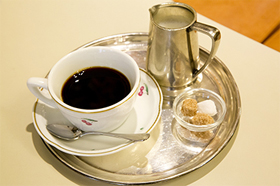 |
Coffee Culture in Japan For somewhere well known to be a primarily tea-drinking country, Japan has an unexpectedly passion for coffee. The brew was first introduced to Japan in the 1600s when European merchants first arrived and traded with the Japanese. However, their movements were restricted to an island in Nagasaki called Dejima, and so their practice of drinking coffee did not catch on with...(Click here to read more) |
|
Japanese Cultural Fact for May
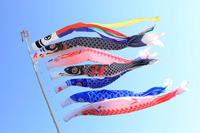 © Kids Web Japan |
Children's Day May 5 is Children's Day, when families celebrate the healthy growth and happiness of children. It became a national holiday in 1948, but it has been a day of celebration in Japan since ancient times. The fifth day of the fifth month was traditionally called Tango no Sekku and was a festival for boys. Girls have their own festival, called Hina Matsuri (Doll Festival), held on the third day of the third month. On Children's Day, families with boys fly huge carp-shaped streamers (koinobori) outside the house and display dolls of famous warriors and other heroes inside. The carp was chosen because it symbolizes strength and success; according to a...(Click here to read more) |
Notice
Notices regarding the COVID-19 situation
| ■ Japanese Government Initiatives for COVID-19 |
| ■ Embassy of Japan in Singapore Facebook |
|
Japan Creative Centre 4 Nassim Road, Singapore 258372 +65 6737 0434 / jcc@sn.mofa.go.jp https://www.sg.emb-japan.go.jp/JCC/ Nearest parking at Orchard Hotel & Delphi Orchard |
 |